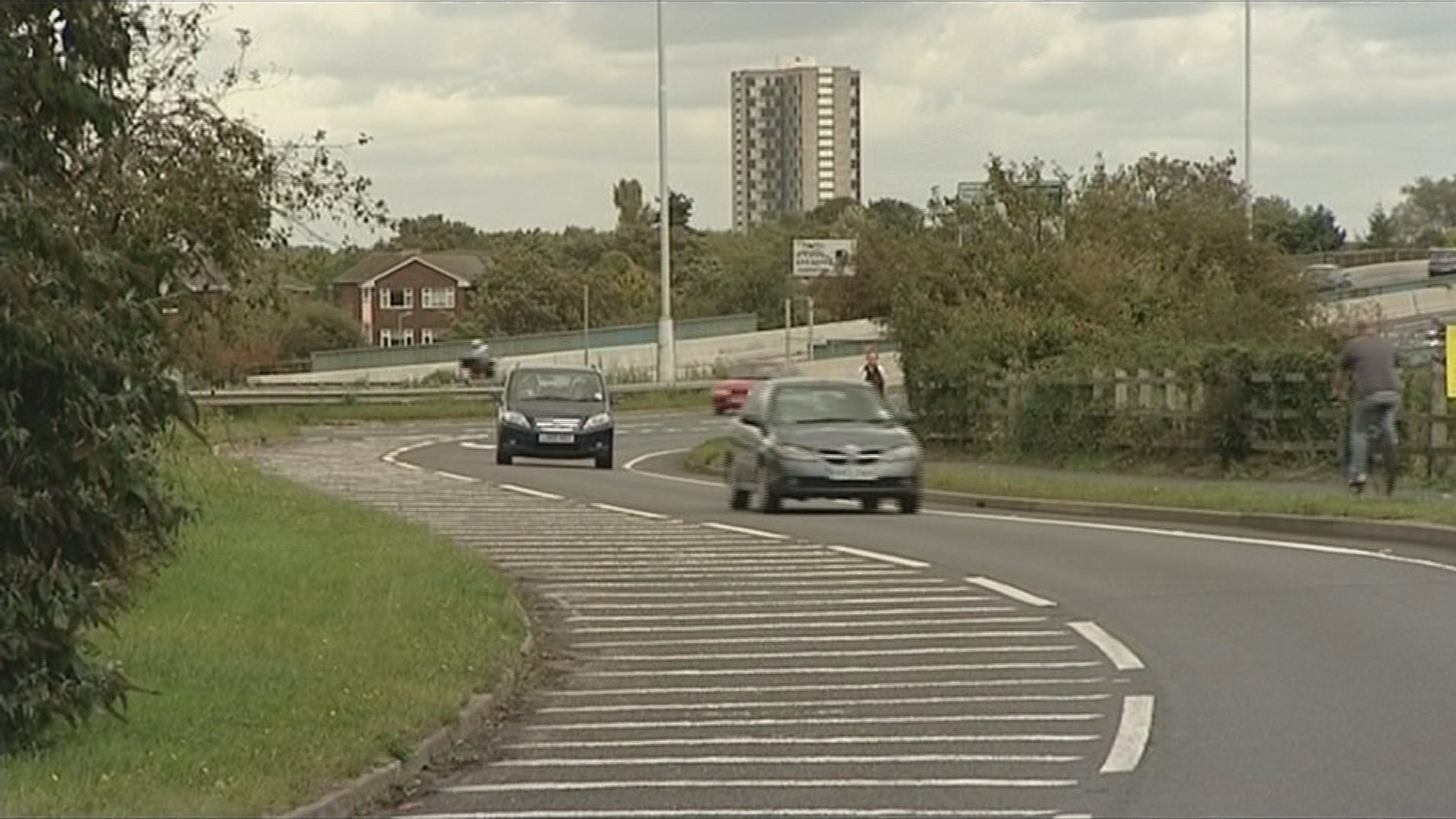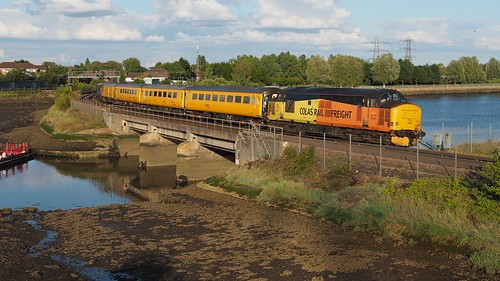Southampton's Redbridge Causeway, a bustling artery connecting the city to the wider region, is facing temporary closures for essential maintenance. As drivers are being warned of overnight closures of the westbound carriageway, let’s take a journey back in time to appreciate the rich history of this infrastructure, which has served the community for centuries.
Redbridge Causeway is a vital transportation link across the River Test in Southampton, its history intertwined with the development of the local area. The first bridge in Redbridge was constructed in medieval times, serving as a crucial crossing point over the river. To accommodate increased traffic and trade, a new bridge was built in the early 1700s, facilitating the movement of goods and people. In the late 18th century, the Andover Canal was constructed, connecting Southampton to the inland town of Andover. This further increased the importance of Redbridge as a transportation hub.
Redbridge Causeway's Evolution Through Time
The arrival of the railway in the 19th century necessitated a level crossing at Redbridge, impacting traffic flow. To address the growing traffic congestion and the need for a safer crossing, a bypass and new bridge were built in 1930. This significantly improved the accessibility of the area. The post-war period saw further development in the Redbridge area, including the construction of the Redbridge Towers in the 1960s. The opening of the M271 motorway in the 1970s further increased traffic flow across the Causeway, solidifying its role as a major transportation artery.
From Medieval Crossing to Modern Lifeline
Today, Redbridge Causeway remains a crucial link for commuters, businesses, and tourists, connecting Southampton with the surrounding areas. From its humble beginnings as a medieval crossing to its modern role as a traffic lifeline, the Redbridge Causeway has been a constant in Southampton's evolving landscape. As we endure the temporary inconvenience of its closure, it’s a fitting time to reflect on its significance. The repairs being undertaken now will ensure this vital infrastructure continues to serve the community for generations to come.
The Impact of Redbridge Causeway on Southampton
The Redbridge Causeway has played a significant role in the development of Southampton, impacting its economy, infrastructure, and overall growth. It has served as a crucial link for the movement of goods, people, and ideas, contributing to the city's prosperity.
A Lifeline for Southampton's Economy
The Causeway has facilitated trade and commerce, allowing goods to be transported efficiently to and from the city. This has boosted Southampton's economy, creating jobs and supporting businesses. Its strategic location has also attracted investment in the area, contributing to its economic growth.
A Symbol of Southampton's History
The Redbridge Causeway is a reminder of Southampton's rich past, standing as a testament to the city's resilience and adaptability. The bridge has witnessed centuries of change, adapting to meet the evolving transportation needs of the community. It serves as a symbol of the city's enduring legacy and its connection to the past.
Connecting Southampton to the World
Beyond its local significance, the Redbridge Causeway has played a role in connecting Southampton to the wider world. As a major transportation artery, it has facilitated trade and communication, linking the city to international markets. It has also served as a gateway for tourism, attracting visitors from all corners of the globe.
A Legacy for the Future
The Redbridge Causeway is more than just a bridge; it's a vital part of Southampton's fabric, a symbol of its past, present, and future. The temporary closures may cause inconvenience, but they also highlight the importance of this infrastructure. The repairs being undertaken will ensure that the Causeway continues to serve the community for many years to come, preserving its legacy and contributing to Southampton's continued growth and prosperity. As we drive across the Redbridge Causeway in the future, let's take a moment to appreciate its significance and the history that lies beneath its surface.


















